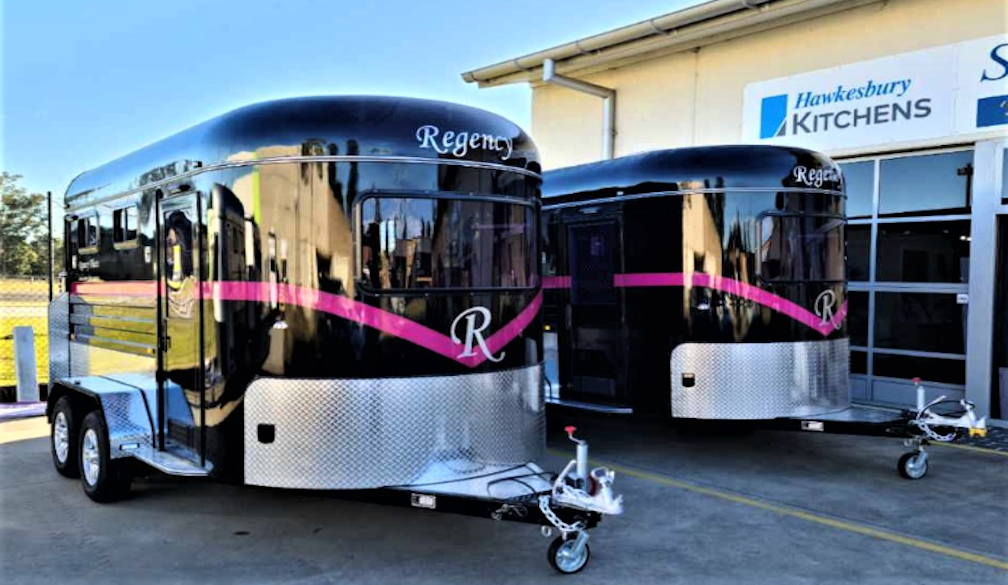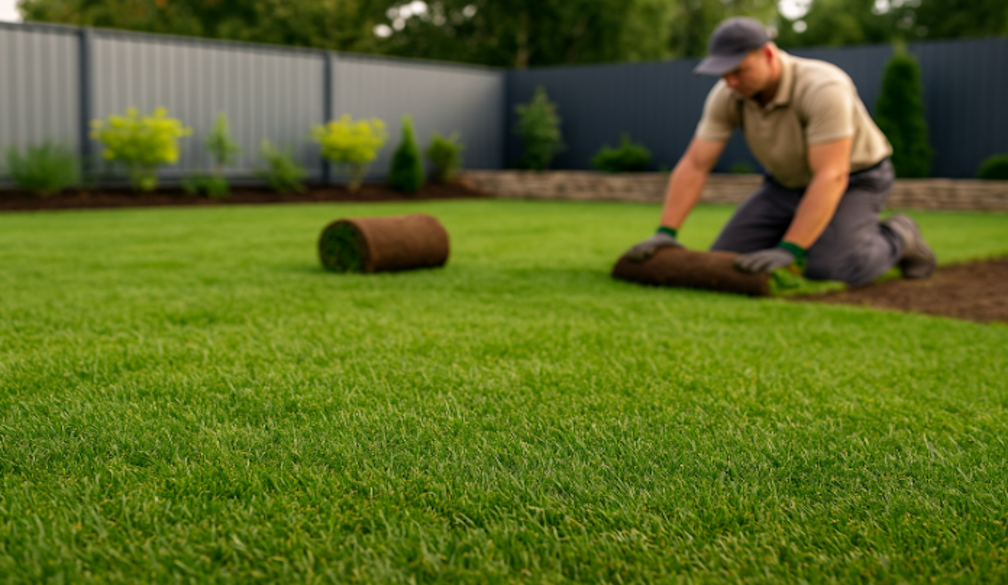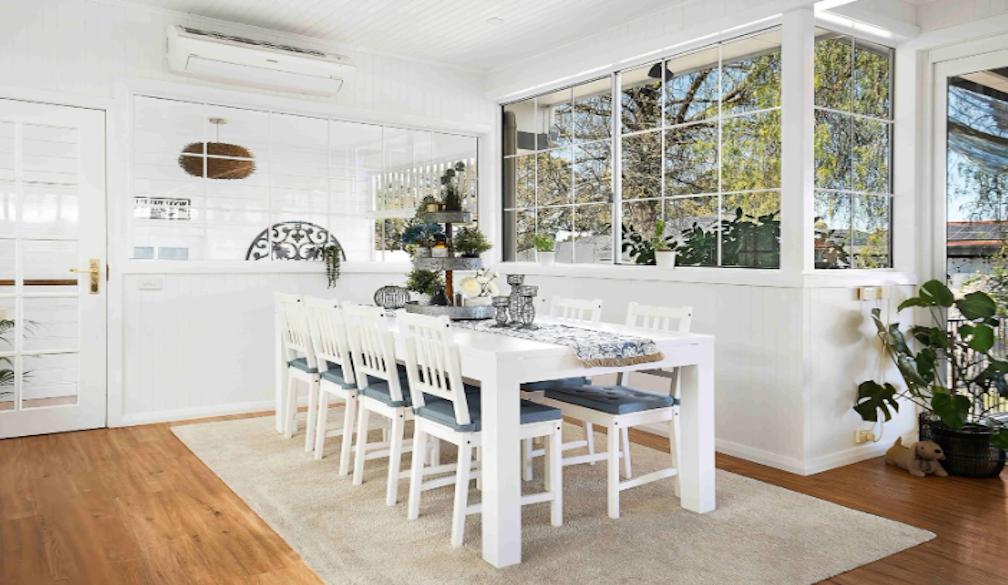Leaders try to dodge them. Voters aren't watching. So, are debates still relevant?
- Written by Andrea Carson, Associate Professor at La Trobe University. Department of Politics, Media and Philosophy, La Trobe University
This federal election is a tale of two campaigns. The first is the old-style, business-as-usual campaign: party leaders criss-crossing the country attending set events to garner as many headlines and votes as they can.
The other is a campaign dynamic where the old rules no longer apply. With more ways for candidates to connect with voters, mainstream media are less influential than they were in the last century. Changing electoral dynamics have also shaped this campaign, such as the sharp rise in the number of early voters, the growing appeal of minor parties and the widespread use of social media for paid and free political messaging.
It is in this re-imagined political environment that controversial businessman Clive Palmer can spend at least A$55 million on political marketing to rebrand himself as a preference deal kingmaker, despite a poor attendance record in parliament after his 2013 victory.
Debate dodging and tussles over timing
Even the great election debate tradition is caught between these old and new campaign dynamics. In one sense, nothing has changed since the first Australian televised debate between Bob Hawke and Andrew Peacock in 1984. Party officials continue to argue over the number of debates, where they will be held and under what circumstances.
These heated negotiations occur because, unlike the United States, Australia does not have an independent debate committee – Commission on Presidential Debates (CPD) – to determine the rules and conduct of these verbal contests well before polling day. The Australian approach is more ad hoc, a tussle between parties and the media to work out the logistics.
In this campaign, Prime Minister Scott Morrison and Opposition Leader Bill Shorten have agreed to three debates: Monday night’s first debate in Perth, a second tonight in Brisbane and a third next Wednesday at the National Press Club.
It took some time for them to get to three. Shorten initially turned down offers by ABC and Nine for a third primetime debate, then proposed a third debate during lunch time (not prime time), prompting Morrison to accuse him of trying to dodge scrutiny:
A prime time debate would provide as many Australians as possible, including those who work during the day, the best opportunity to scrutinise the choice on offer at this election
Ordinarily, incumbents are more reserved about committing to a debate, not wanting to give their opponents a platform where they are considered as an equal contender. Remember when Hawke declined to debate then-Opposition leader John Howard in 1987?
During the 2016 campaign, Shorten was so keen to debate Malcolm Turnbull that he signed up for four debates: a traditional prime-time debate on ABC; a “people’s forum” hosted by Sky News; an experimental, live-streamed debate on Facebook Live in partnership with News Corp; and a second “people’s forum” in Brisbane, where he debated himself after Turnbull turned down an invitation to attend.
Now, Shorten is the one reluctant to agree to debates. This is because Labor is leading in the polls and Shorten is the one with a much larger following on social media (important for getting political messages out). Shorten has also been in the Opposition leader’s job for six years, while Morrison came to the prime ministership just eight months ago. Behind in the polls, and with a smaller social media footprint, the Coalition feels more like the underdog in this contest.
Yet, when voters are asked to nominate their preferred prime minister in polling, Morrison consistently tops Shorten. This is why Morrison pushed so hard for a third debate on prime time television. Here, he likely has the advantage, while Shorten arguably has the most to lose.
Read more: Morrison and Shorten take aim at one another in leaders' debate: experts respond
Audiences are largely tuning out
This may account for why Labor agreed to Monday’s debate on the Seven network’s lesser-viewed channel, 7Two. The debate managed just over 600,000 viewers from the five main capital cities including an encore edition, though this was still well behind Lego Masters on Nine, which topped the night’s ratings with 1,053,000 viewers.
The second debate will likely draw far fewer viewers, given it’s on a Friday night when television viewership is generally down, and it will be on the Sky network behind a paywall. In 2016, the “people’s forum” broadcast by Sky News, also on a Friday night, for example, drew just 54,000 viewers.
Political debates in the US and Britain are far more popular. In fact, the first televised debate between Donald Trump and Hillary Clinton during the 2016 US presidential campaign drew a record 84 million viewers.
Read more: Trump and Clinton face off in first US presidential debate: experts respond
Australians, by contrast, do not flock to watch election debates. The Australian Election Studies (AES), which has tracked televised election debate since 1990, shows a steady decline in audience interest. Just 21% of Australians reported watching a debate in 2016, down from 71% in 1993.
This is likely because Australian debates are generally staid affairs with little genuine debate. They are also sometimes held at inconvenient times when few people are likely to be interested, such as Friday nights.
Even when people do tune in, they don’t stay for long. For example, the prime time ABC debate between Turnbull and Shorten in 2016 attracted a respectable audience of 875,000. But not for long. It lost 150,000 viewers with the first three minutes. At one point, the audience plummeted to 570,000.
This suggests that the format and content of the debates are failing to keep audiences engaged, despite some recent, American-style experimentation with “town hall” settings. Voters can tell when leaders are using questions to simply repeat their campaign messages.
Compare this with overseas debate formats that provide more lively interaction. In the 2012 US presidential debate, for example, Mitt Romney and Barack Obama roamed the stage in a forum full of potential voters who asked them questions, with a moderator on the sidelines just to keep order.
Britain, which only held its first televised debate in 2010, has taken to including minor parties in its debates, with seven speakers on the stage to offer a broader range of viewpoints.
Why debates still matter
There are good, democratic reasons to insist on political debates, if the format genuinely involves voters, parties and the media in a “trialogue”.
From the parties’ perspective, they are cheaper than political advertising and can help sway undecided voters. The long-tail effect of social media and the news media means that voters who don’t watch the debates can still read and hear what happened after the event.
From the voters’ perspective, debates still play an educational role by illuminating important issues and revealing differences in parties’ positions. And from the media’s point of view, debates allow reporters to set the agenda and scrutinise issues on behalf of the public, particularly those the leaders have inadequately addressed.
So, will the leaders’ debate gain a new lease of life in this electoral contest or will it be more of the same? Anything is possible in this tale of two campaigns.
Authors: Andrea Carson, Associate Professor at La Trobe University. Department of Politics, Media and Philosophy, La Trobe University



















